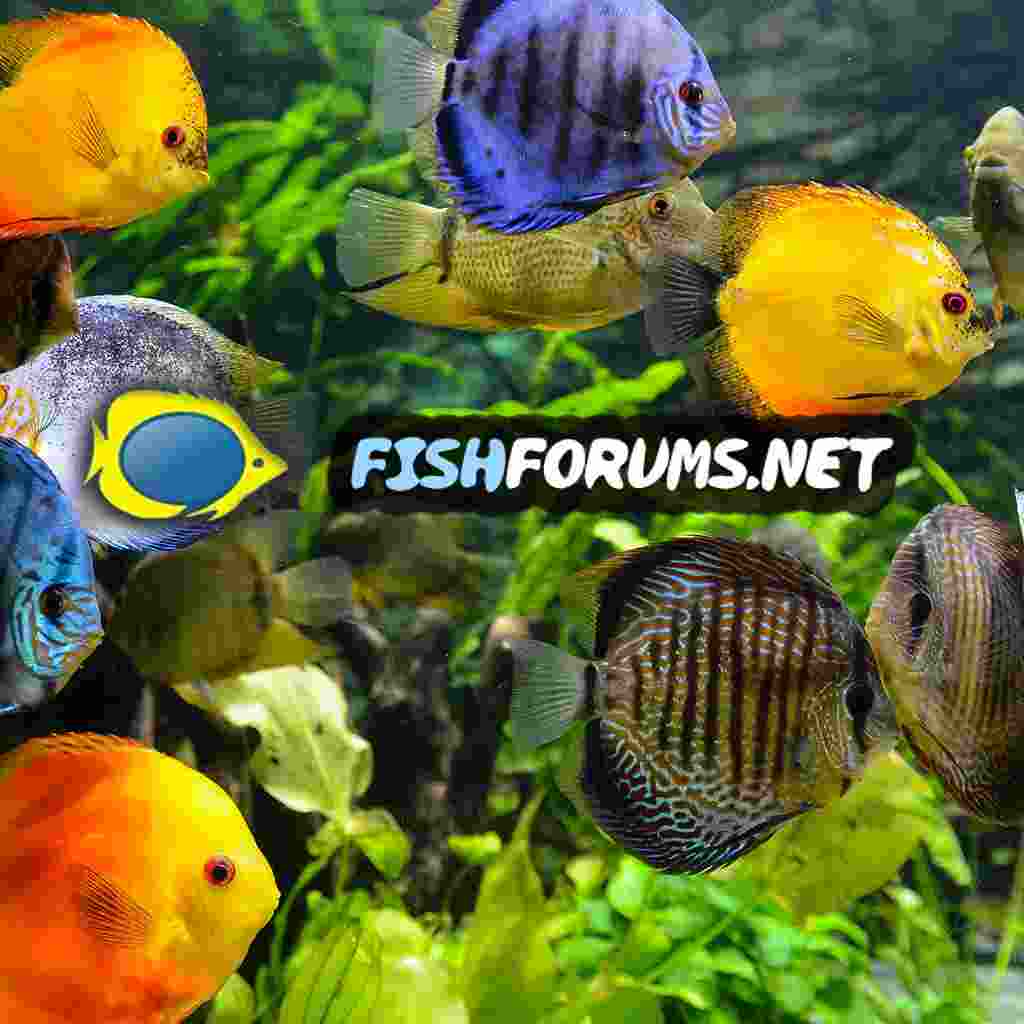The fact the boesemani hides while the duboulayi stay out in the open when you catch them has nothing to do with their offspring being sterile or fertile. If they are in the same genus, regardless of which country they come from, they can produce fertile offspring. I keep both of those species and had fertile offspring from them. I did a number of experiments when I was keeping rainbows including seeing if hybrids were fertile and hybrids from the same genus were. The hybrids were all killed after the experiments.
I'm also in Australia and specialised in native fishes and rainbowfishes for 20 years. I was in ANGFA National and ANGFA WA, as well as the Aquarium Society of WA and the Cichlid Society of WA. Most rainbowfish purists won't sell hybrids.
I'm also in Australia and specialised in native fishes and rainbowfishes for 20 years. I was in ANGFA National and ANGFA WA, as well as the Aquarium Society of WA and the Cichlid Society of WA. Most rainbowfish purists won't sell hybrids.



